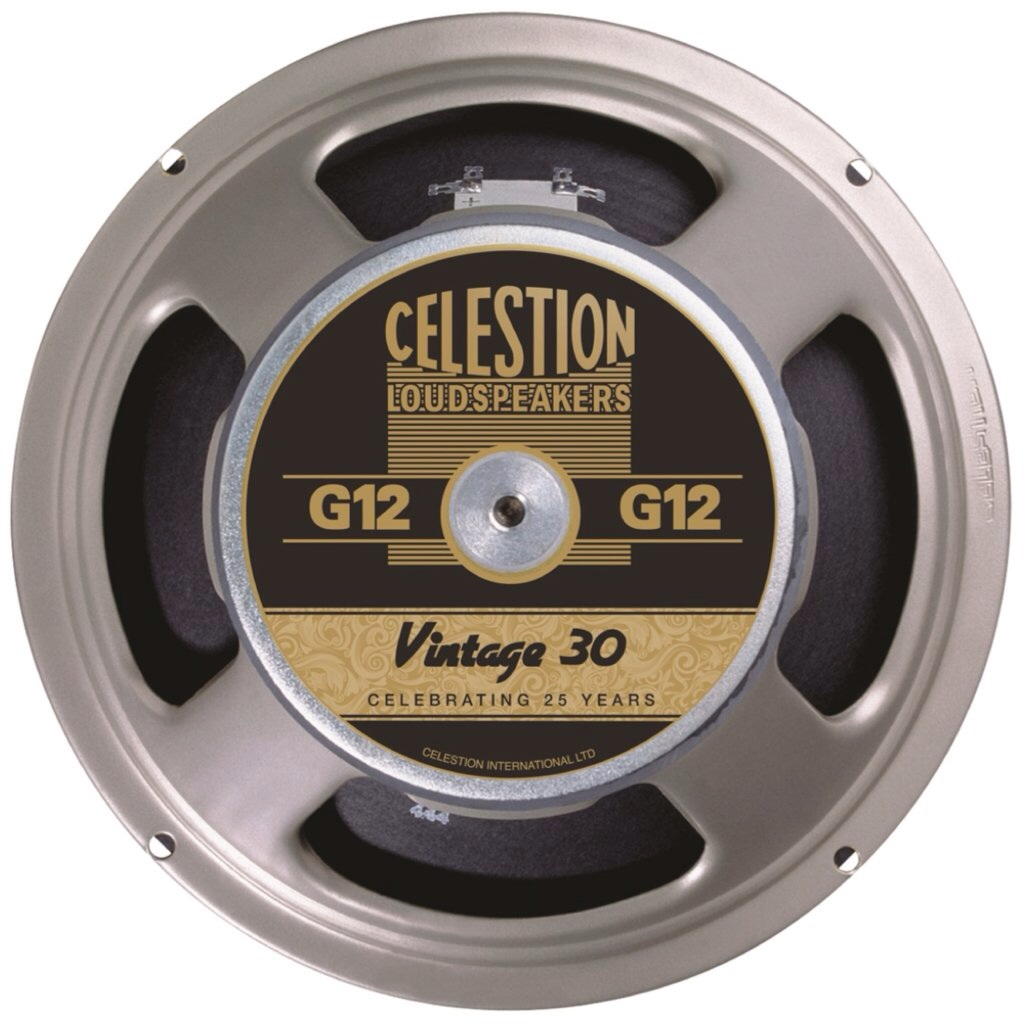It often surprises me to see people with time, money, and knowledge settling for subpar experiences that have night and day differences to me. Even at my brokest (pretty darn broke), speakers, headphones, and glasses were always worth researching and some saving up, and the difference between what I’d end up with and the average always feels like it paid off tenfold.
I’ve got a surprising number of friends/acquaintances who just don’t seem to care, though, and I am trying to understand if they just don’t experience the difference similarly or if they don’t mind. I know musicians who just continue using generation 1 airpods or the headphones included with their phone, birdwatchers who don’t care about their binoculars, people who don’t care if they could easily make their food taste better, and more examples of people who, in my opinion, could get 50% better results/experiences by putting in 1% more thought/effort.
When I’ve asked some friends about it, it sounds as much like they just don’t care as they don’t experience the difference as starkly as I do, but I have a hard time understanding that, as it’s most often an objective sensory difference. Like I experience the difference between different pairs of binoculars and speakers dramatically, and graphical analysis backs up the differences, so how could they sound/look negligibly different to others? Is it just a matter of my priorities not being others’ priorities, or do they actually experience the difference between various levels of quality as smaller than I seem to? What’s your take on both major and, at the high end, diminishing returns on higher quality sensory experiences?
So I don’t value high fidelity video because I don’t see very well even with glasses, so it wouldn’t make a difference for me.
I do value high fidelity audio because:
- I am a musician and producer, although not as much as I used to
- I have ear training
- I went to recording school
- I am autistic with sensitive hearing
- I have audio and acoustical engineering as special interests
- I’m doing a master’s degree in electrical engineering where I’ve already designed audio gear for my projects
- I am teaching myself audio plugin design for fun
But I simply can’t afford high fidelity gear for every day listening. For my studio monitors, I spent as much as I could to get the best speakers I could afford so that I can be certain that what I’m hearing is an accurate representation of what I “commit to tape”. However, for walking to class or going to the market, I’m not gonna pay for expensive headphones that could get stolen, broken, or lost. It’s impractical.
My $20 Bluetooth headphones [1] are sufficient for every day carry. They sound “95% of the way there”, they don’t get in the way when I’m walking, and if I lose them, I can have an identical pair delivered to my door with a couple days. 95% is good enough for me. Actually, I could probably settle for less.
And then there’s storage. My library is already > 110GB in MP3 format, so storing it all in uncompressed formats would be unwieldy.
So in the rare cases that my listening hardware is insufficient, I’ll usually consult a software equalizer. For example, on Linux, Easy Effects allows me to apply equalizers, dynamic compression, and a bunch of other plugins in LV2 format to the PipeWire output (and input). It’s super convenient for watching YouTube college lectures with questionable microphone quality on my shitty TV speakers. Other than dynamic compression for leveling and an equalizer for frequency effects, I am typically not interested in doing anything else for intelligibility. Said differently, I am not interested in exploiting the nonlinearities in real speaker systems (other than possibly dynamic compression), so I should be able to fix any linear defects (bad frequency response) with a digital equalizer. The nonlinearities in real speaker systems are, for HiFi listening purposes [2], defects.
Also, I’m extremely skeptical of products marketed towards “audiophiles” because there’s so much
marketing bullshitpseudoscience surrounding the field that all the textbooks that cover loudspeaker design and HiFi audio electronics have paragraphs warning about it as the first thing.Like I experience the difference between different pairs of binoculars and speakers dramatically, and graphical analysis backs up the differences, so how could they sound/look negligibly different to others?
Next time you do a graphical analysis, check out the magnitudes of the differences in your graphs versus the magnitude of the Just Noticeable Difference in amplitude or frequency. We probably do experience the differences between speakers differently than others. We’re outliers.
What’s your take on both major and, at the high end, diminishing returns on higher quality sensory experiences?
For personal listening, the point of diminishing returns is basically $20 because I can’t afford shit. For listening to something I plan on sharing with others, I’d be willing to put in whatever I can afford. But frankly, I’d be just as likely to straight-up do the math and design my systems myself because I 100% don’t trust any “”“high fidelity”“” system that doesn’t come with a datasheet and frequency response.
Lastly, I do wear glasses. I typically get my glasses online because, once you have the prescription and your facial measurements, it is the same quality as the stuff you get at the big-box stores.
[1] I acknowledge that Bluetooth sucks, particularly for audio.
[2] As a metal guitarist, I’m not against speaker nonlinearity for guitar speakers, but then again, guitar speakers are really convincingly simulated by impulse responses, which are a core linear systems concept, implying that they are nearly linear devices even at the volumes they are typically played at.
I grew up really poor, so high definition audio isn’t something i’ve really ever had access to growing up, and I’ve never felt like I was missing out once I had the money to spend on new stuff.



